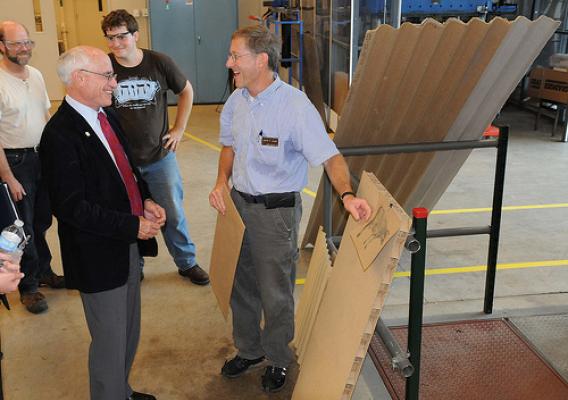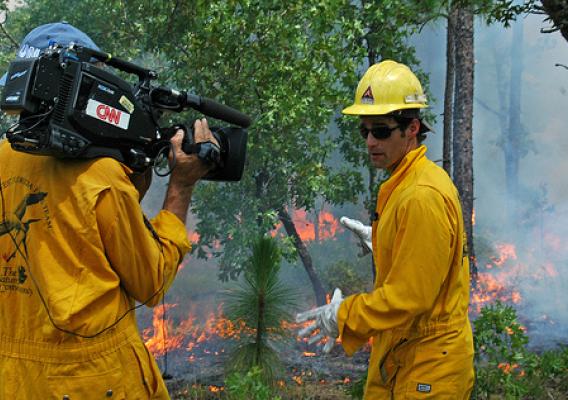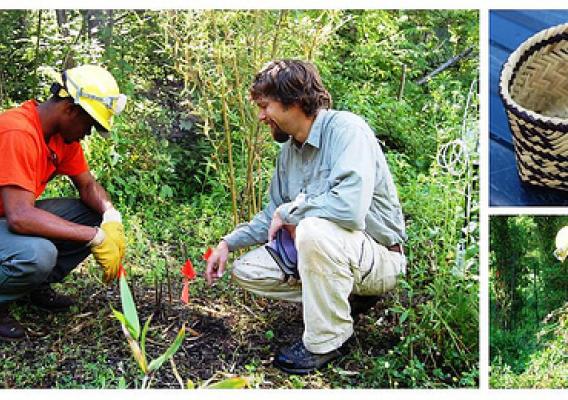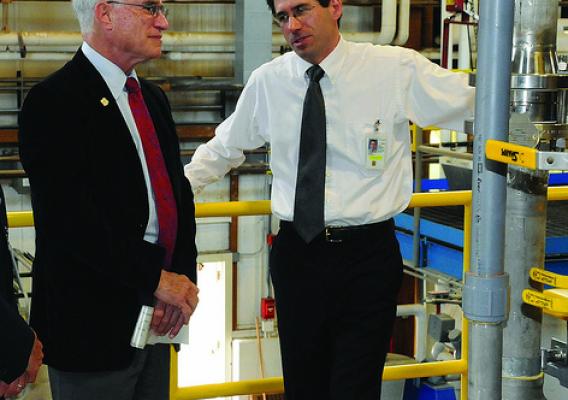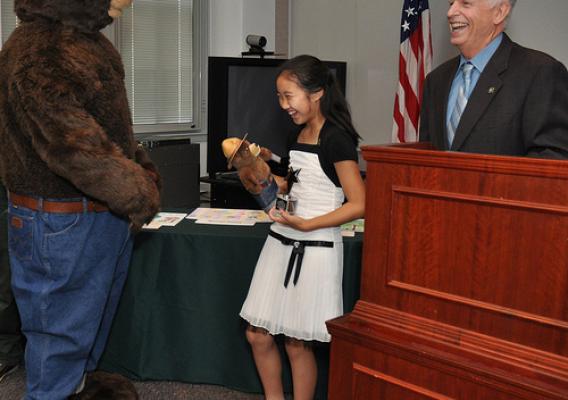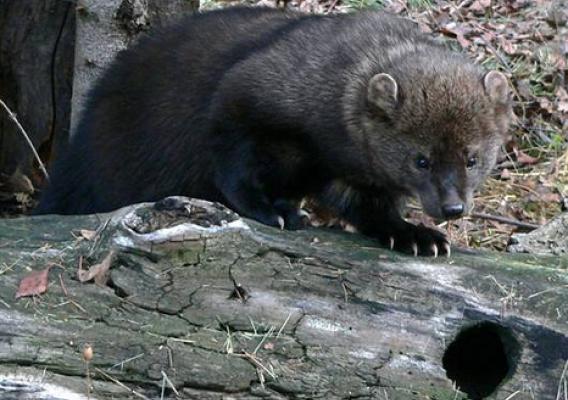Deep inside the San Rafael Wilderness, employees from the Los Padres National Forest are working to inventory centuries-old Chumash sacred sites impacted by devastating wildfires.
Despite closure orders that restrict public access in America’s first congressionally designated wilderness, forest officials are concerned that site barriers and interpretive signs charred in the fires no longer adequately protect these vulnerable sites from further degradation.
Los Padres Tribal Liaison Pete Crowheart and Forest Archaeologist Loreen Lomax recently led a team of resource specialists on a 10-mile, nine-hour hike to evaluate two sites scorched in the 2007 Zaca Fire. They documented the extent of the damage and developed ideas for repairing the barriers and signs. One of California’s largest wildfires, the Zaca burned 237,000 acres over nine weeks. Fire-cost recovery funds recently secured by the forest are fueling restoration projects within the Zaca’s massive footprint.

